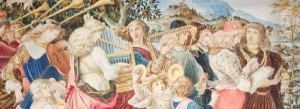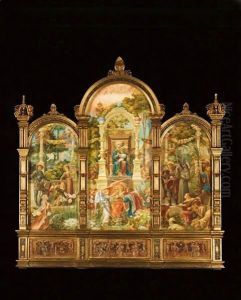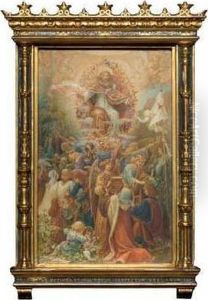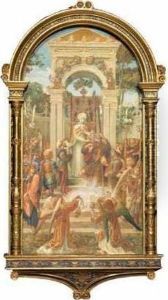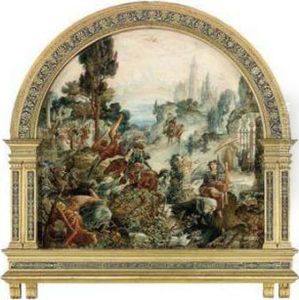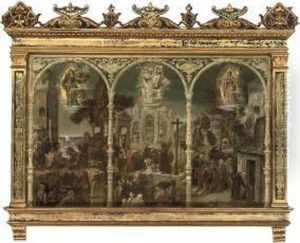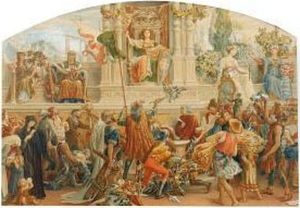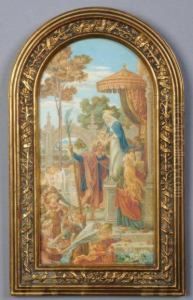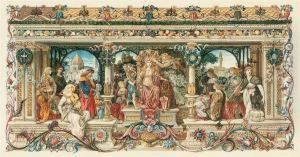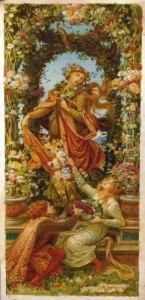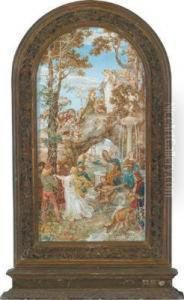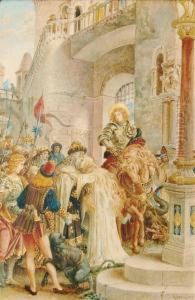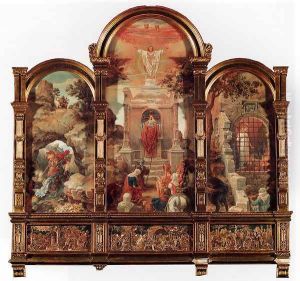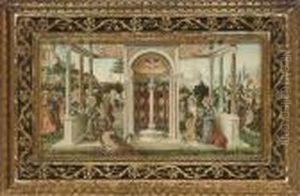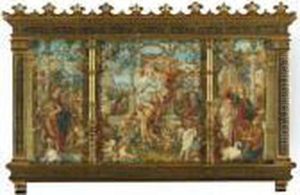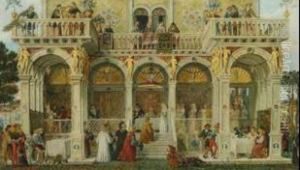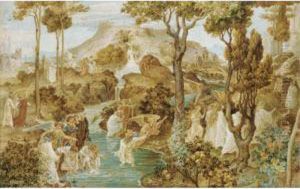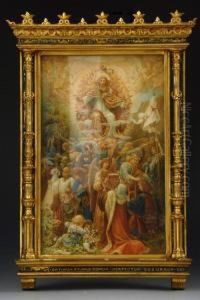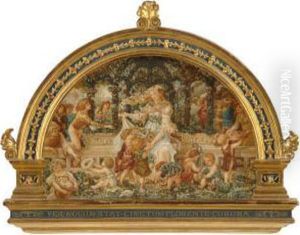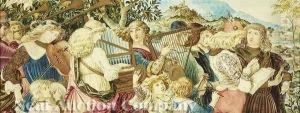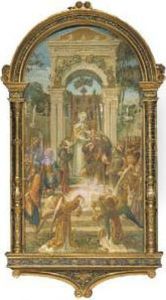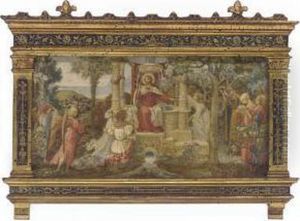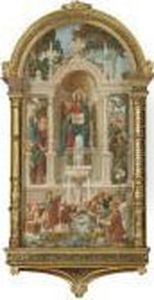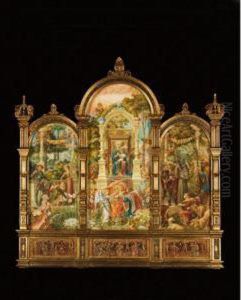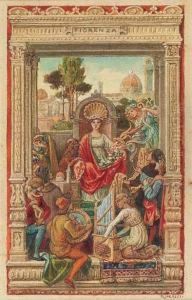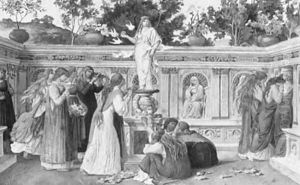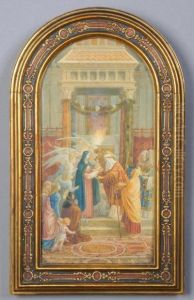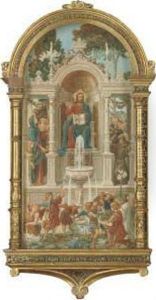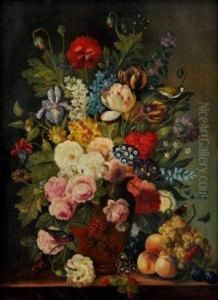Ricciardo Meacci Paintings
Ricciardo Meacci was an Italian illustrator and painter, primarily known for his work in watercolor and his contributions to book illustration during the late 19th and early 20th centuries. Born in Florence, Italy, in 1856, Meacci was immersed in the rich artistic culture of the city, which was a hub for artists and intellectuals during the Italian Renaissance and beyond.
Meacci trained at the Academy of Fine Arts in Florence, where he honed his skills in painting and illustration. He was part of the Florentine art movement of the time, which was characterized by a revival of interest in the styles and techniques of the Renaissance masters. Meacci, however, also incorporated contemporary elements into his work, reflecting the changing tastes and artistic innovations of his time.
Throughout his career, Meacci was known for his versatility and the ability to work in various mediums. He produced illustrations for a number of literary works, including Dante Alighieri's 'Divine Comedy' and Ludovico Ariosto's 'Orlando Furioso'. His style often featured elaborate and decorative elements, which were well suited to the ornate aesthetics of the books he illustrated.
In addition to book illustrations, Meacci's body of work also includes frescoes, portraits, and historical paintings. He was part of the Italian tradition of 'macchiaioli', a term that refers to Italian painters who worked outside to capture natural light, shadow, and color, akin to the French Impressionists, though Meacci's work was not purely Impressionistic.
Meacci's paintings were exhibited in various Italian cities, and he garnered respect from his contemporaries for his artistic contributions. Although not as widely known as some of his peers, his work has been appreciated for its beauty and craftsmanship.
Ricciardo Meacci passed away in 1932, leaving behind a legacy as a skilled illustrator and painter who captured the spirit of his times while paying homage to the artistic heritage of Italy. His works remain a testament to the vibrant art scene of Florence during the turn of the century and offer a glimpse into the historical and cultural narratives of the era in which he lived and worked.
